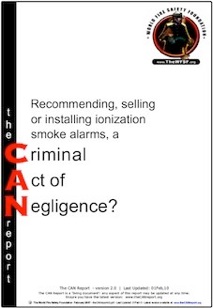


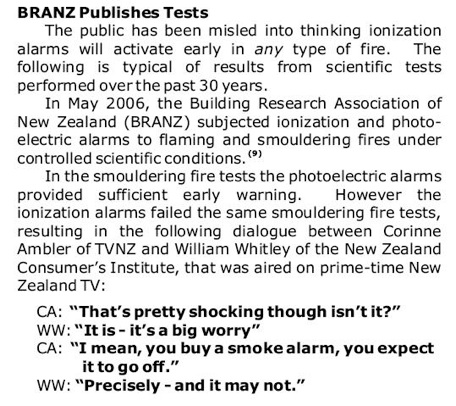













Vermont, USA




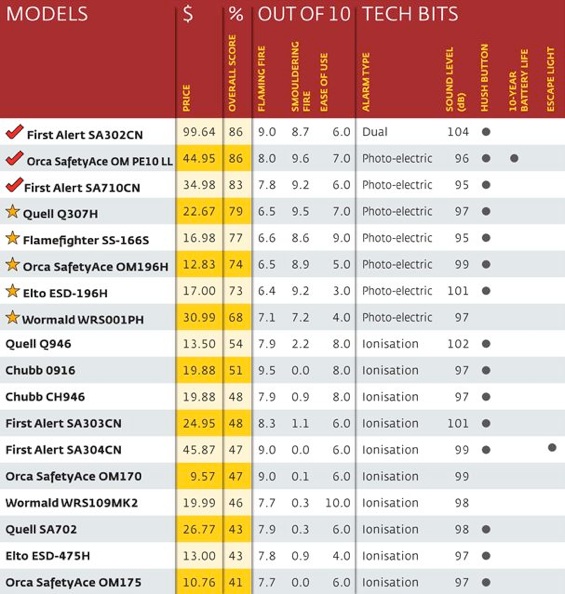
Back in May 2006 we tested how well photoelectric and ionisation alarms reacted to smoke from a flaming wood fire or a smouldering fire.
We found then that photoelectric smoke alarms gave you significantly more protection than the more common ionisation models – particularly for smoke from smouldering fires.
The toxic smoke from smouldering fires can kill. These types of fires are surprisingly common, too – usually when furniture, bedding or electrical appliances catch fire. Good photoelectric alarms detect low levels of this smoke and give you time to escape.
In 2006 we reported on an incident where a house filled with smoke yet three ionisation alarms failed to go off. Fortunately, a child coughing from the smoke woke the householder and a tragedy was averted.

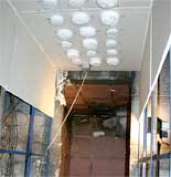


World Fire Safety
Foundation Comments
- The ten ionization smoke alarms subjected
to scientific testing at BRANZ’s had an
average score of .58 out of 10.
- The best rating was 2.2 out of 10.
- 9 ionization alarms rated at between 0.0
and 1.1 out of 10.
Test results

Ionization Smoke Alarms
100% Failure Rate in Controlled Scientific Testing

Full Screen

Extracted 17 Feb, 2012 from:





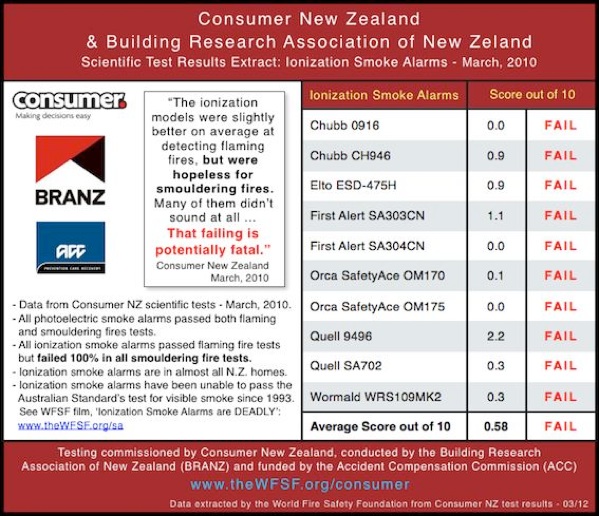



Some smoke alarms stay silent when surrounded by smoke from smouldering fires.
A smoke alarm that fails to detect a smouldering fire could kill you. The earlier you’re warned of the presence of smoke, the more time you have to escape and the less (toxic) smoke you end up breathing.
We tested 18 photoelectric and ionisation models - find out which ones could save your life.
Smoke alarm tests: Published March, 2010

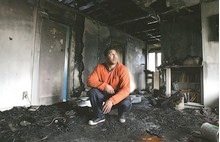

About our test
What we found
This new test reinforces those findings. This time we tested 1 dual model (photoelectric and ionisation), 7 photoelectric and 10 ionisation models – 18 in total.
We tested them against a flaming wood fire and a smouldering fire at different levels of smokiness. And because smoke alarms are installed in hard-to-reach places, we assessed the difficulty of operating the test buttons with the end of a sharp and a blunt broomstick. We also noted how long it took for the alarm to activate after pressing the test button.
The dual sensor and the photoelectric models gave the best protection from both types of fire. The ionisation models were slightly better on average at detecting flaming fires, but were hopeless for smouldering fires.
Many of them didn't sound at all during the smouldering fire test-runs. That failing is potentially fatal.
Consumer New Zealand Smoke Alarm Tests: Published May, 2006
In May, 2006 Consumer New Zealand published a report about a series of smoke alarm tests conducted by the the Building Research Association of New Zealand (BRANZ).
A story covering these tests aired on National TV (TVNZ) in May 2005 and was reported on in the World Fire Safety Foundation’s C.A.N. report:
Warning about Australia’s flawed
smoke alarm standard (AS3786)
The C.A.N. Report, February, 2007
Page 9, paragraph 4

The C.A.N. Report
February, 2007
Consumer Magazine Wanted
The World Fire Safety Foundation is seeking an original copy of the June, 2006 issue of Consumer which featured a cover story about the first series of smoke alarm tests conducted by BRANZ.
If you have this magazine, and are prepared to donate or sell it to the Foundation, please send us an email.
Thank you.
The World Fire Safety Foundation
Adrian Butler, Chairman, Co-Founder
Former New Zealand Fire Fighter

PLEASE
HELP
Extracted 06 March, 2012 from:


(c) Copyright 2012 The World Fire Safety Foundation | Last Updated: 06 March, 2012 | Privacy Policy | Disclaimer | Search WFSF Web Site
For errors on, or suggestions for this ‘consumer’ webpage, contact the WFSF WebMaster | Supporters | About | Media
